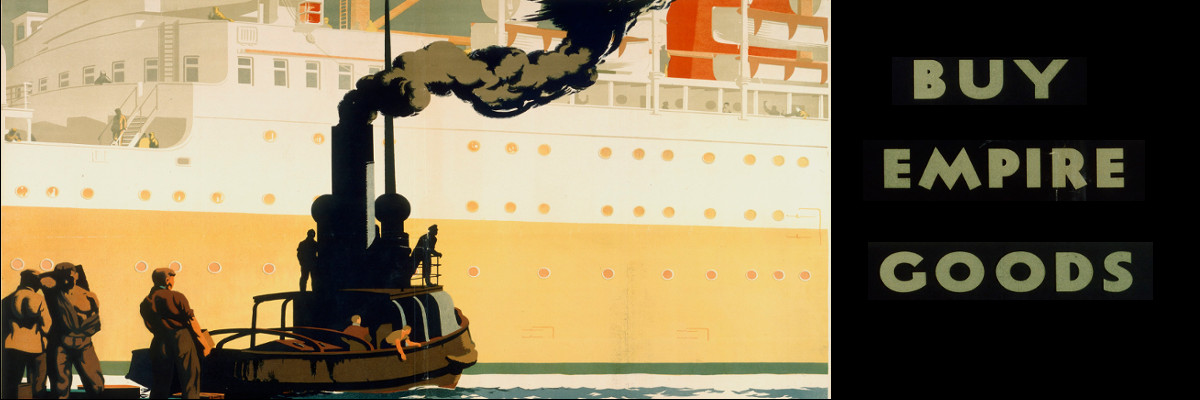Decades after administrative clerks carefully noted transactions between the Colonial Offices of the British Empire and the Malay States in the 1920s and 1930s, Harvard Fellow Diana Kim turned to these records to understand the dynamics of a robust opium trade between producers in British India and consumers in Southeast Asia in the late 19th and early 20th century. She sought to learn more about the conditions that led to opium’s eventual transition from a legal commodity to a prohibited substance.
Dr. Kim discovered the archival materials held by CRL while conducting research at the British Library in 2010 for her PhD dissertation at the University of Chicago, Empire’s Penal Turn: The Rise of Opium Prohibition in Mainland Southeast Asia, 1870–1935. Her research has expanded to a book-length project now under consideration by a university press.
“I had originally focused on British Burma, but for the book I have expanded the comparative focus to British Malaya and French Indochina,” she noted. “CRL staff members were very kind in helping me locate what I needed, pointing to microfilm holdings of possible interest at CRL. They were particularly helpful in putting together a list of colonial budget records for the British-ruled Straits Settlements.”
Her goal was to connect the dots—to trace how colonial revenue incentives competed with emerging acknowledgement of the dangers of widespread opium use. Before international conventions outlawed the opium trade altogether by the mid-1930s, prohibition measures were implemented incrementally and inconsistently.
“The primary sources I accessed through CRL are useful for excavating the anxieties that European state builders encountered in non-European settings with regard to opium smuggling and illicit consumption,” said Dr. Kim. “The multiple resources that CRL provides—government gazettes, newspapers, administrative reports, departmental correspondences—are invaluable for triangulating the ideas that actors held at the time and the economic realities they occupied. For me, the broader stakes to excavating ‘hidden’ activities and actors in the archives is to understand why prohibition happened when it did, the way it did.”
